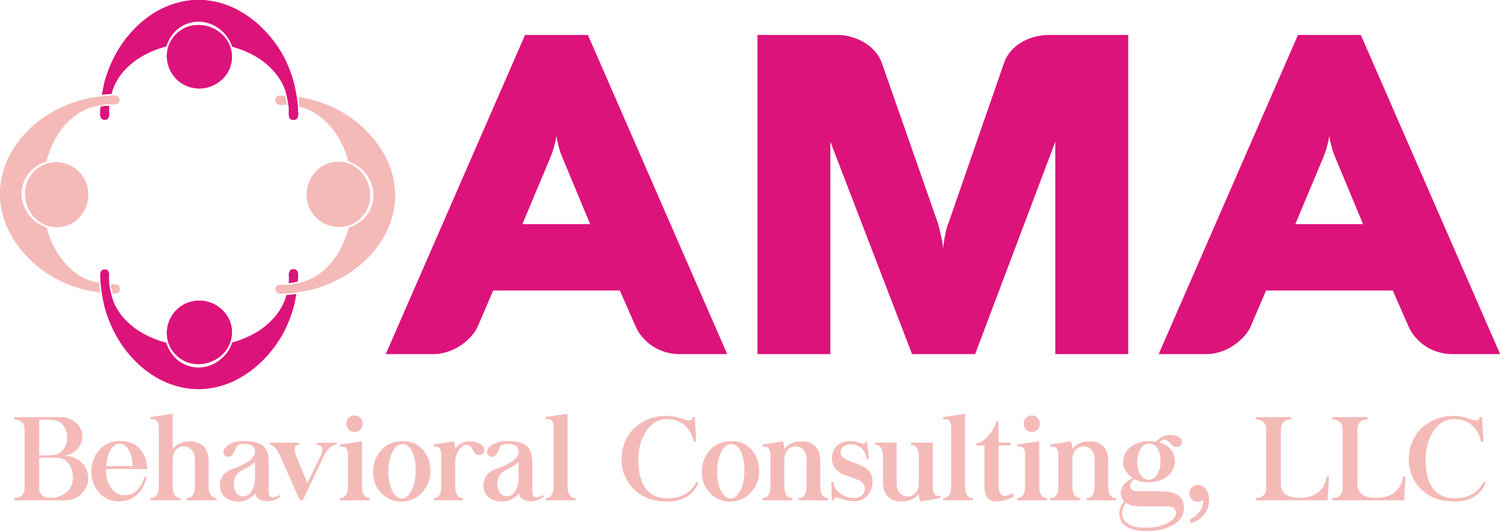Teaching Your Child To Be More Independent
/Read Time: 5 minutes
Teaching activities of daily living are one of my favorite areas to teach as a behavior analyst. With each daily living skill I teach, I am able to provide each learner with a skill that they will be able to perform for the rest of their lives. We are able to teach a range of daily living skills from riding a bike, to getting dressed, to learning how to dial a caregivers phone number to making food for themselves.
As behavior analyst, we individualize our teaching procedures for each of our learners. We will talk about the three primary ways we teach a long list of steps like teaching activities of daily living.
Selecting a teaching technique varies greatly by the learner. It is important to consider the following:
How many steps does the learner already know?
Will the child need to access to reinforcement quickly (i.e. a break, praise, etc)?
How strong are the child’s motor skills (as this will influence how much prompting will be required)?
The first technique is forward chaining. In forward chaining, we teach each learner to complete the very first step of the task and help them through the rest of the steps in the task. Once the first step has been acquired, the second step is taught. When the second step is acquired, the third step is taught and so on. For example, when teaching a child to comb their hair, the first step would be to teach him/her to pick up the hair brush and prompt through the rest of the steps. Once the child has acquired picking up the hair brush on their own, we would then require the learner to pick up the brush (step 1) and place the brush on their head (step 2) and so on until we are able to require them to complete the entire task.
The second technique is backward chaining. In backward chaining we only require the learner to complete the final step of the task. Similar to forward chaining the learner is taught one step at a time and then required to complete the acquired step and the previous step in the routine. When teaching shoe tying, the learner would be helped through the entire task and then required to complete the last step (i.e. pulling the loops to complete the tie). Once this final step is mastered, the learner would be required to make the loops and also pull the loops to complete the tie. The same sequence would continue until the learner knows all of the steps.
The final technique used is called total task chaining. In this technique the learner is taught the entire task receiving assistance as needed. This technique is great to use if the learner already knows some of the steps and may only need a little assistance. When teaching to make a PB and J sandwich, the learner may know how to gather the ingredients to make the sandwich but may need assistance with spreading the peanut butter and jelly and putting the ingredients away. In this example, the person assisting would refrain from prompting the learner in the areas they know and assist in the steps the learner has not yet acquired.
Our learner in this video, learned to complete his shoe tying task using forward chaining in which we taught the first steps of the chain and continued to add on to the task as he acquired the steps. In a very short period of time, our lovely guy was asking for the rest of the steps to complete the task on his own! We are so proud of him! You may also be able to hear his brother providing him with positive reinforcement by cheering him on!
Graphed through Central Reach










